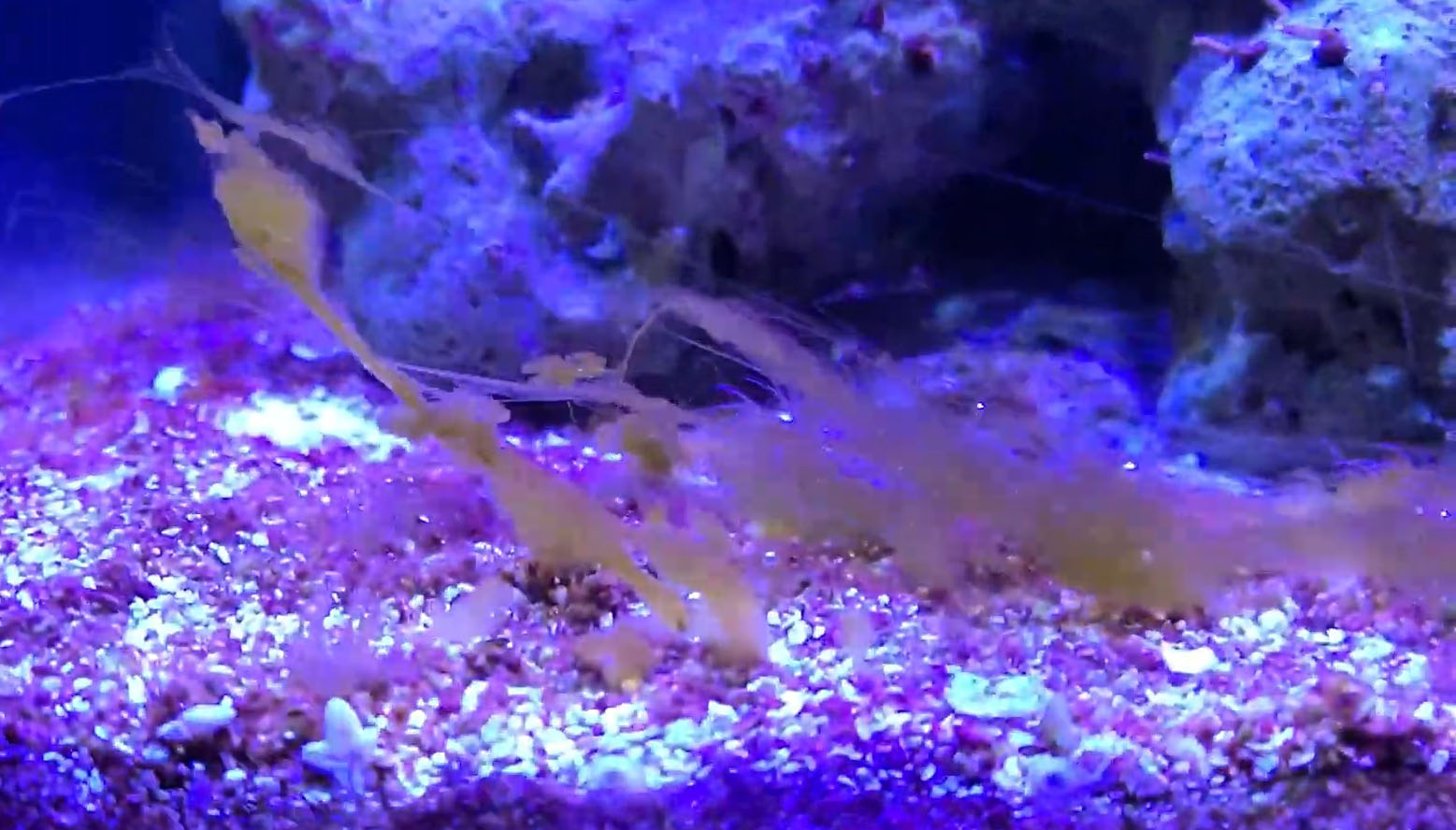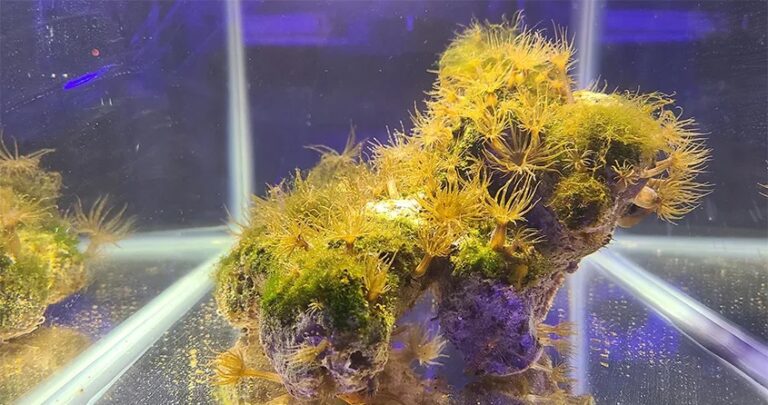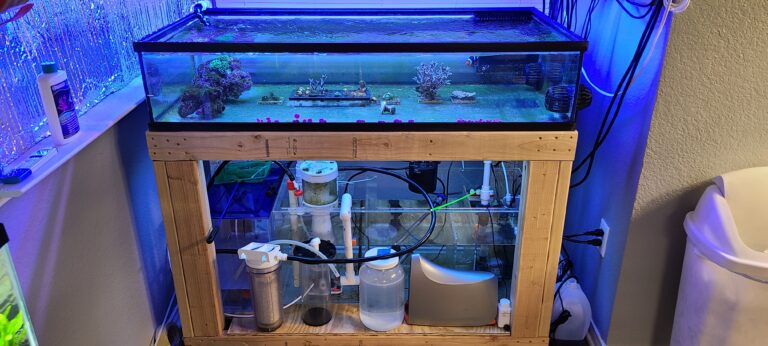How to quickly get rid of Dinoflagellates in 2023
Table of Contents
Dinoflagellates have caused many people to shut down their tanks due to not knowing how to properly beat them. In this article we will go over identifying which species you have and how to beat them. As long as you stay vigilant and on top of the treatment you can beat dinos in no time and go back to enjoying your beautiful coral reef tank.
What are dinoflagellates?
Dinoflagellates are single-celled aquatic organisms that contain flagella, which allows them to move about freely in your aquarium. They can have a stringy or snotty-like appearance, or similar to diatoms they can look like a dusting on your sandbed.
What causes dinoflagellates?
The reason you have dinoflagellates in your aquarium is most likely due to your nitrates and phosphates bottoming out. If you have done too many water changes and stripped all the nutrients in your tank, dinos will appear in a short time.
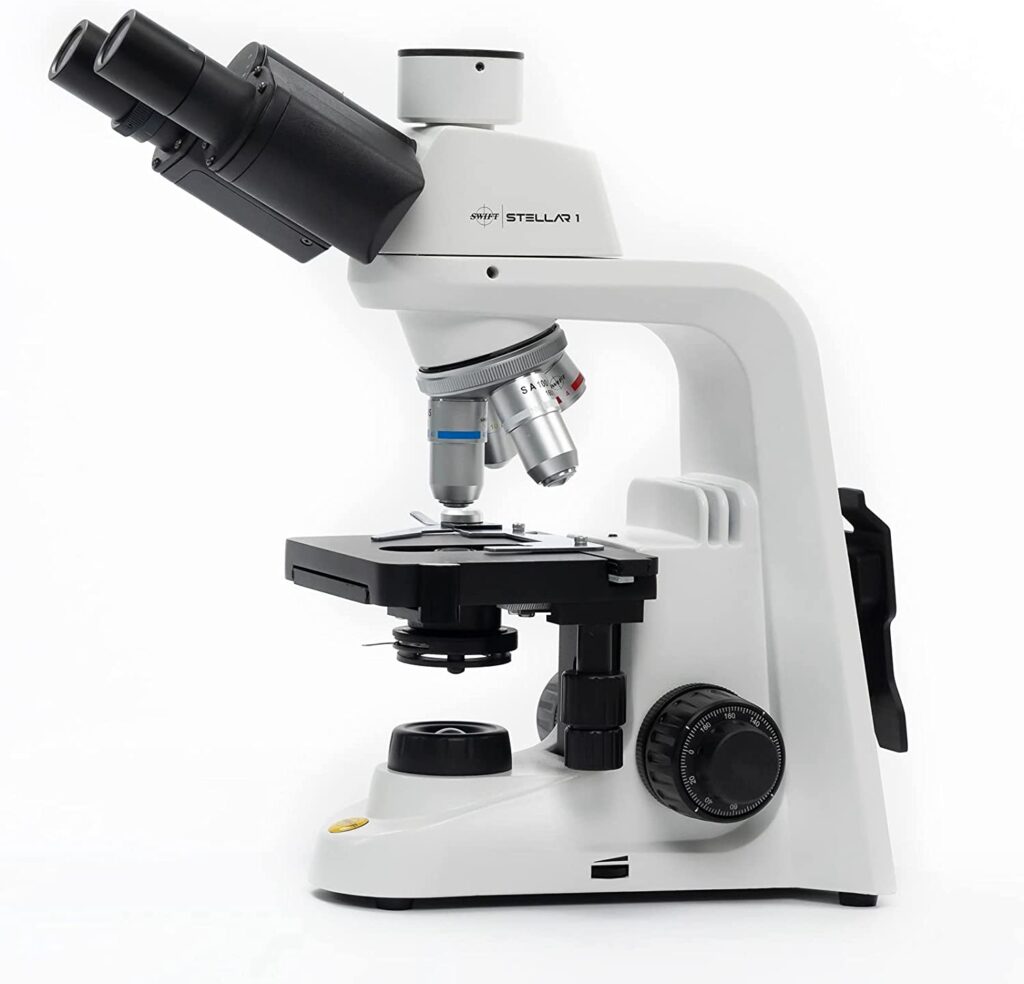
Identifying which type of dinoflagellates you have.
There are several species of dinoflagellates but in the reef tank, there are only really three major ones that affect us.
To properly identify them and defeat them you will need a microscope. A good entry-level microscope is the Amscope M150-C which you can pick up for around $100. If you want something a little nicer, I use the Swift Stellar 1-T Pro. It’s a much higher quality scope and produces a clearer view to easier identify which species of dinoflagellates you have. You cant go wrong with either microscope. You may even find yourself looking at all kinds of stuff from your aquarium and learning about microscopy.
If that’s out of your budget you can send off a sample to Fish of Hex and he will give you a full rundown of which species you have and a plan of action to beat them. It’s a very great service worth the money!
The three most common types of dinoflagellates
There are three main species of dinos that affect our tanks. Ostreopsis, Amphidinuim, and Procentrum.
Ostreopsis
The most common type of dinoflagellates found in most reef tanks is Ostreopsis. These appear as stringy or snotty-like brown or gold-colored strands accompanied by air bubbles. Ostreopsis will cover your entire tank from the sandbed, rocks, corals and everything else.
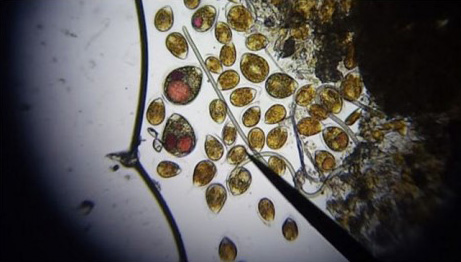
Amphidinuim (Large Cell)
Amphidinium looks very similar to diatoms. This strain is typically found on or in the sandbed. To properly identify Amphidinium from diatoms you will need to view them under a microscope. UV will not do much damage to Amphidinium due to them staying on the sand and not moving into the water column at night. Amphidinum will not produce stringy or snotty strands in the aquarium, although you may see a small amount of air bubbles.
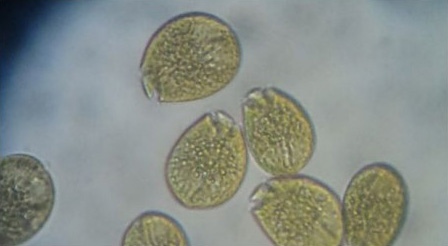
Procentrum
The least common of the three species found in our aquariums is Procentrum. Procentrum like Ostreopsis will colonize any surface of your aquarium from the sandbed, rocks, and corals to everywhere in between. They also produce stringy or snotty-like strands and can house some air bubbles. This species can go into the water column and can be treated with UV to reduce their population.
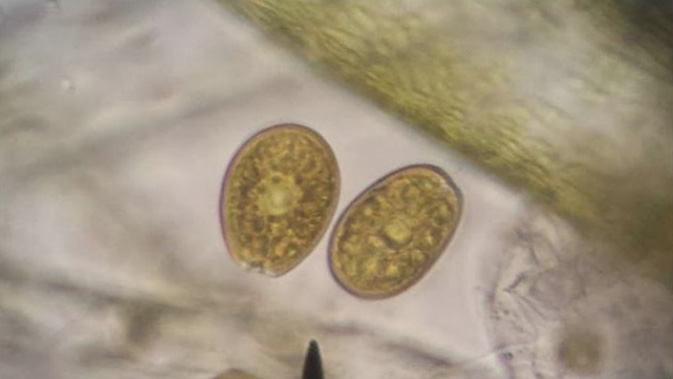
How to get rid of dinoflagellates.
There are several methods that you can use to get rid of dinoflagellates in your tank. Certain species can be eliminated by the use of a UV Sterilizer while others will not be affected. The easiest and cheapest way to get rid of each of the three strains mentiones above is to keep your nitrates and phosphates elevated until they are gone. Typically about a month or two.
Manual Removal
You can reduce the population rapidly by physically siphoning out dinoflagellates, but you must do it correctly. If you have a sump and a place to put a filter sock, you will want to siphon out the dinos from the display tank into the filter sock. You do not want to do a water change as this will promote the growth of dinos. After you have removed all of the dinos from your display tank, remove the sock. Repeat this process as the dinos come back to lower their numbers.
Raising Nutrients
The best method to remove dinoflagellates is to keep your nitrates elevated around 10 ppm and your phosphates around .07 – .10 ppm. After a month or two, one day you will notice you no longer have dinos. You will more than likely have to dose nitrates and phosphates often to keep the levels elevated. I recommend using HEX NO3 and HEX PO4. Once your nutrients are elevated you may notice hair algae starting to grow. Don’t panic! This is actually great and will help outcompete dinos.
UV Sterilizer
A UV sterilizer will knock out Procentrum from your aquarium pretty quickly. Since it will go into the water column at night you can run your UV Sterilizer and sometimes in a matter of a week you will be dino free.
Black Outs
A complete blackout of your aquarium can also help dinos go into the water column in search of a light source, but you will need a UV sterilizer to kill them. Some people have had luck with a blackout alone reducing the dinoflagellates in their tank, but I’ve tried it myself and the dinos always came back about a week later.
Silica Dosing
A chemical method of getting rid of dinoflagellates is to dose silicates such as Sodium Silicate or Water Glass to promote a diatom bloom to outcompete dinos. This method is pretty advanced and you cannot just add a random amount. If you would like to try this method head over to Macks Reef on Facebook to learn more about this method.
Dino-x
Dino-X is another chemical treatment that should probably not be used as it can really do some harm to your tank if not dosed correctly. If none of the methods above worked for your and you do not have any corals then you may want to give it a shot Just beware that if your nutrients are still bottomed out, dinoflagellates will return.
How to prevent dinoflagellates from coming back
The main takeaway with dinos that you need to learn is if your nitrates and phosphates bottom out they will come back. Proper testing weekly is very important to keep an eye on your nutrient levels. Less filtration and even dosing nutrients may be required.
Final Thoughts
Dinoflagellates can be intimidating the very first time you encounter them. There’s no need to panic as we have gone over the many ways to effectively beat the most common three strains. If you follow our guide as soon as you notice you have dinos you can get rid of dinoflagellates as soon as a week or up to a month or two depending on which species you are unlucky enough to have. Stay on top of your nutrients so you never have to face this battle again.


